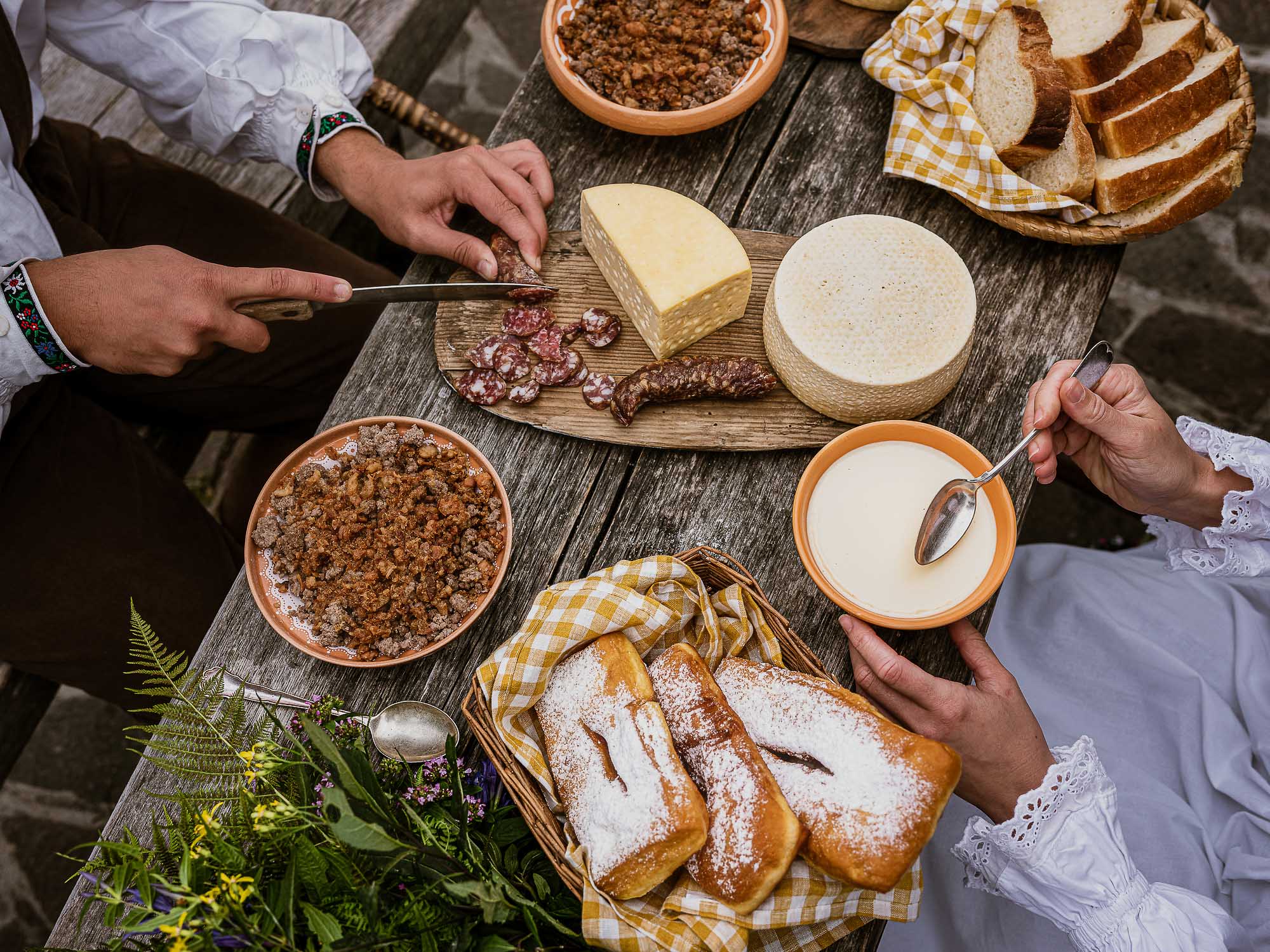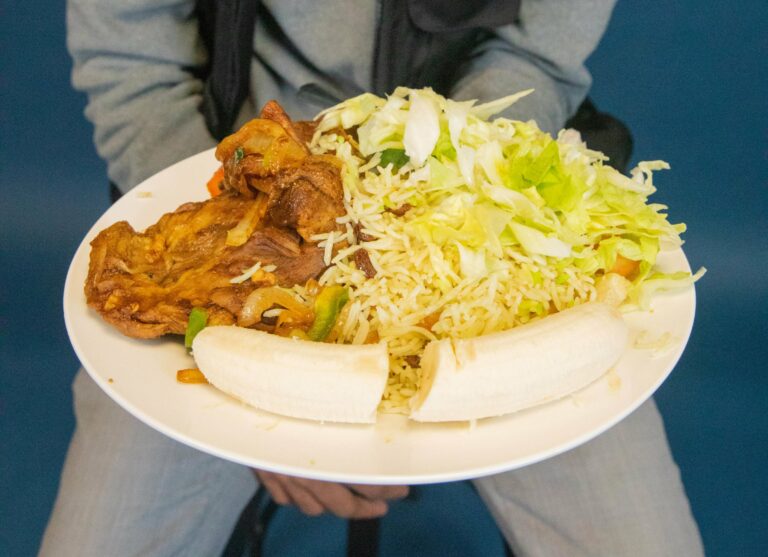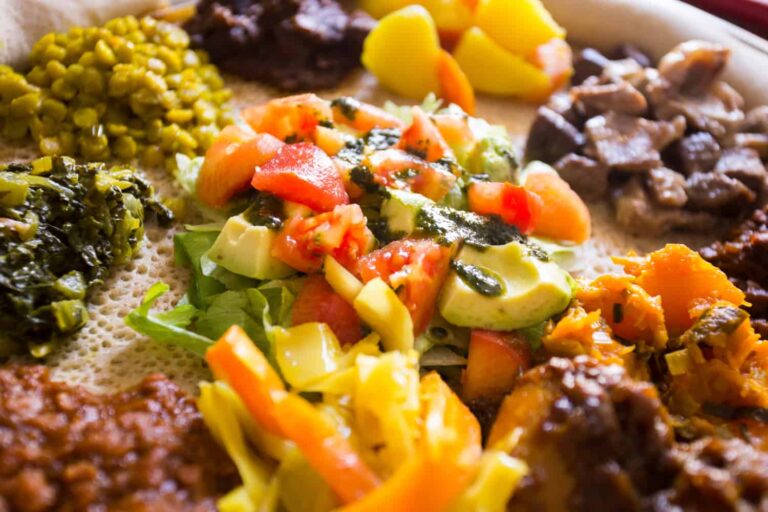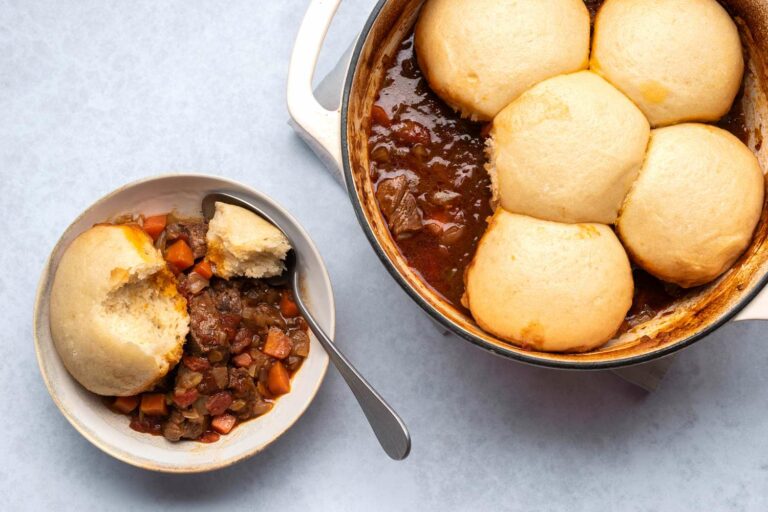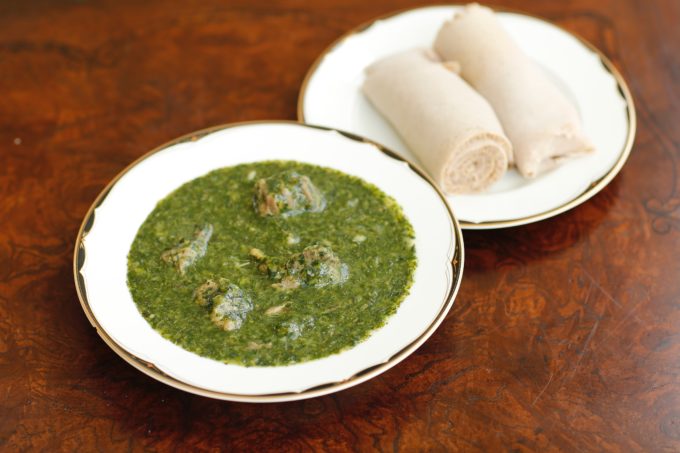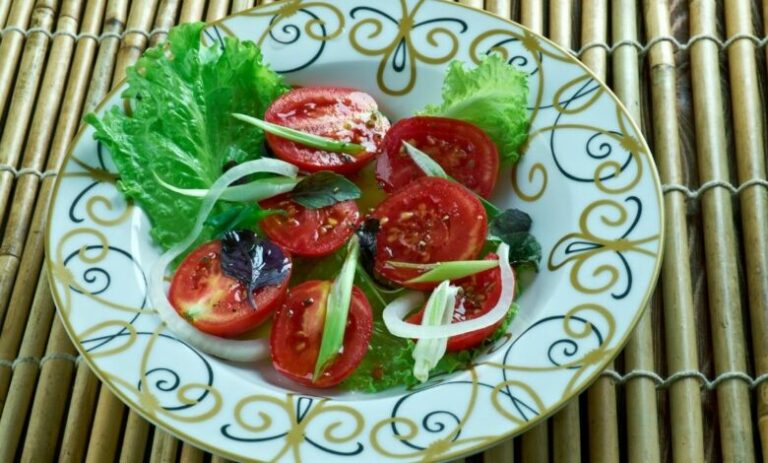Introduction: Local and Seasonal Ingredients in Slovenian Cuisine
Slovenian cuisine is known for its focus on local and seasonal ingredients, which are used to create delicious and wholesome dishes that reflect the country’s rich culinary traditions. The use of local and seasonal ingredients has been a key aspect of Slovenian cooking for centuries, and it continues to be a defining feature of the country’s cuisine today.
Slovenia’s climate and geography are ideal for growing a wide range of fruits, vegetables, and herbs, as well as producing high-quality meats, dairy, and other agricultural products. As a result, Slovenian chefs have access to a diverse array of fresh, locally sourced ingredients throughout the year, which they use to create dishes that showcase the natural flavors and textures of the ingredients.
Benefits of Using Local and Seasonal Ingredients
There are many benefits to using local and seasonal ingredients in Slovenian dishes. Firstly, local and seasonal ingredients are often fresher and more flavorful than those that have been shipped from other parts of the world. They are also more nutrient-dense, as they are harvested at the peak of ripeness and contain higher levels of vitamins and minerals.
Using local and seasonal ingredients also supports the local economy and helps to promote sustainable agriculture. By buying from local farmers, restaurants and other food businesses help to keep money within the community, which can have a positive ripple effect on the local economy. Additionally, supporting sustainable agriculture practices can help to reduce environmental impact and preserve natural resources for future generations.
Popular Slovenian Dishes with Local and Seasonal Ingredients
Many of Slovenia’s most beloved dishes feature local and seasonal ingredients. For example, potica, a traditional Slovenian pastry, is typically made with locally grown walnuts, honey, and other ingredients. Strudel is another popular dessert that often features seasonal fruits such as apples and cherries.
Slovenian soups and stews also frequently feature local and seasonal vegetables, such as potatoes, carrots, beans, and pumpkin. Traditional dishes like jota, a hearty bean and sauerkraut soup, and ričet, a barley and vegetable stew, are perfect examples of Slovenian comfort food made with fresh, local ingredients.
Challenges in Sourcing Local and Seasonal Ingredients
While using local and seasonal ingredients is a priority for many Slovenian chefs and home cooks, there are some challenges associated with sourcing these ingredients. For one, the availability of certain ingredients can be limited, depending on the season and location. Additionally, some local farmers may not have the capacity to produce enough of a particular crop to meet the demands of larger food businesses.
To overcome these challenges, many chefs and food businesses in Slovenia have established relationships with local farmers and other suppliers. They may also incorporate non-local or non-seasonal ingredients in smaller quantities to create a more well-rounded dish.
Supporting Local Farmers and Sustainable Agriculture
To support the use of local and seasonal ingredients in Slovenian cuisine, it is important to promote sustainable agriculture practices and support local farmers. This can be done through initiatives such as farmers’ markets, which provide a platform for local producers to sell their products directly to consumers.
Restaurants and other food businesses can also work with local farmers to establish more direct supply chains, which can help to ensure that the ingredients used in their dishes are fresh, high-quality, and sustainably produced. By supporting local farmers and sustainable agriculture practices, we can help to promote a more sustainable and resilient food system in Slovenia.
Conclusion: Embracing Local and Seasonal Ingredients in Slovenian Cooking
Overall, the use of local and seasonal ingredients is a defining aspect of Slovenian cuisine. By embracing these ingredients, we can create dishes that are not only delicious but also promote the local economy and support sustainable agriculture practices. While there are challenges associated with sourcing local and seasonal ingredients, initiatives such as farmers’ markets and direct supply chains can help to overcome these obstacles. By working together to promote local and sustainable food systems, we can help to ensure a bright future for Slovenia’s culinary traditions.

